Whisk(e)y
Let’s face it: whisky can be confusing- we can’t even agree on how to spell it. With so many different kinds and rules, it can be hard to know where to start. The important thing to know is that the type of whiskey is determined by a few key factors: the location, what grain is used to make it, the type of barrel its aged in, and the amount of time it’s aged. All of these can influence the flavour of the whisky and these factors are often heavily regulated to keep the production of different whiskies consistent. So, what are the different kinds of whisky? Let’s get into it!
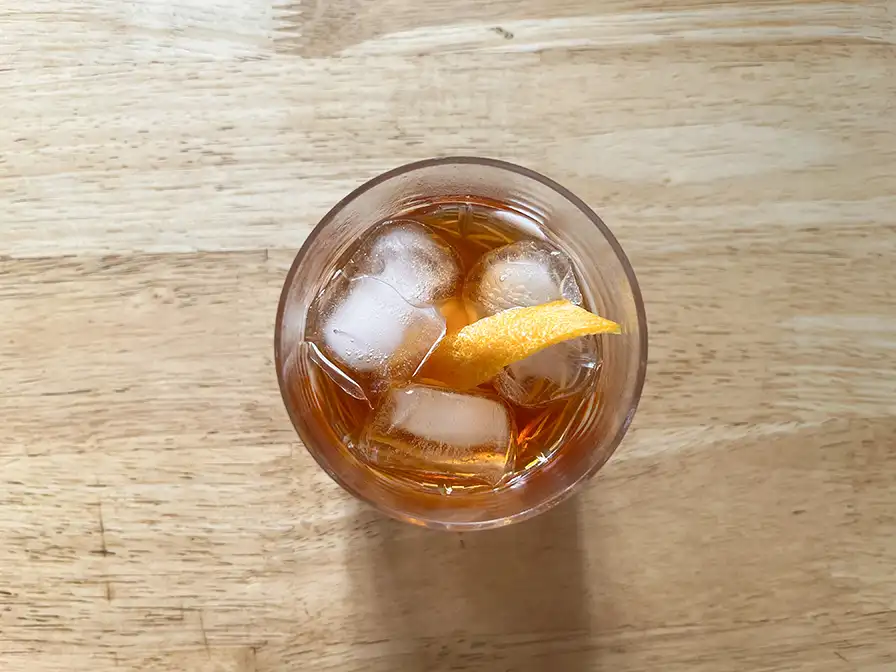
USA
Bourbon
To be officially considered bourbon, a whisky must be made in the USA, made from a mash of at least 51% corn, aged in charred oak barrels, and bottled at least 40% ABV. Because of the high corn content, bourbon is sweet with some hints of vanilla.
Tennessee Whisky
Tennessee whisky has similar regulations to bourbon. The only alterations to the guidelines require the whisky to be made in Tennessee. As a result, Tennessee whisky tastes similar to bourbon.
Rye
In the USA, rye must be made of a mash of at least 51% rye grain, is aged in oak barrels for at least 2 years, and bottled at no more than 62.5% ABV. Rye is less sweet than bourbon and is typically spicier.
Canada
Rye
In Canada, there is no required percentage of rye in the mash used to make it. Despite this, the catchall “rye” is used to describe Canadian whisky, resulting in a wide variety of flavours. There is typically a higher ratio of corn than in its American counterpart, so the flavour can be sweeter and lighter than an American rye. Canadian rye must be made in Canada, aged in small wood barrels for at least 3 years, and be bottled with at least 40% ABV.
Scotland
Scotch
It wouldn’t be a whisky writeup without talking about Scotch. The production of whisky in Scotland is a tradition that goes back over 500 years, and it is highly regulated. We won’t be able to get into all of the regulations surrounding Scotch, but we will do our best to give a basic overview. First and foremost, for a whisky to be considered Scotch, it must be produced and bottled entirely in Scotland. Scotch whisky is made from a mash of malted barley. The whisky must be matured in oak barrels for a minimum of 3 years and have an ABV of at least 40%. Traditionally, peat fires are used to dry the malted barley, which imparts a smoky flavour to the whisky. The smokiness of the Scotch varies in each region and from distillery to distillery.
There are also strict requirements for the labelling of Scotch whisky. These requirements dictate that the labels must include the type of whiskey, the names of the distilleries and distillers, the region where it was produced, and the age of the whisky.
The types of Scotch whisky include:
- Single Malt: A whisky made from 100% malted barley mash from the same distillery.
- Blended Malt: A whisky made from two or more single malt whiskies from different distilleries.
- Single Grain: A whisky made from malted barley and other cereal grains like corn or wheat from a single distillery.
- Blended Grain: A whisky made from a blend of at least two single grain whiskies from different distilleries.
- Blended: A whisky made from a blend of at least of single malt and one single grain whisky
The five regions Scotch whisky is produced in are:
- Islay: An island on the west coast of Scotland. Islay whiskies are characterized by a strong smoky flavour as well as flavours of iodine, salt, and seaweed. Distilleries in this region include Ardbeg, Lagavulin, and Laphroaig.
- Speyside: This region refers to the areas around the river Spey in northeastern Scotland. These whiskies are typically lower in peat and are often aged in sherry barrels, making them full of fruity flavour. Some distilleries in this region include Glenfiddich, The Macallan, and Balvenie.
- Highland: This massive region includes most of northern Scotland. The whiskies produced here are extremely varied, with flavours ranging from light and fruity to bolder coastal flavours. Oban, Highland Park, and Ben Nevis are a few of the distilleries found in this region.
- Lowland: This is the region in the south of Scotland. Whiskies produced here tend to be smooth and lower in peat. The flavour is often described as floral, grassy, and sweet. This region is home to distilleries such as Glenkinchie, Annandale, and Auchentoshan.
- Campbeltown: Campbeltown is a town located on the Kintyre Peninsula in western Scotland. Though a small region, Campbeltown whiskies vary in flavour with some being smoky, robust and coastal while others are light, grassy and fruity.
Ireland
Irish Whiskey
Regulations dictate that Irish whiskey must be distilled and aged in the Republic of Ireland or Northern Ireland and aged in wooden barrels for a minimum of 3 years. Much like Scotch, Irish whiskey labels differentiate between Single Malt, Blended Malt, and Blended. However, Irish whiskey also includes Pot Still whiskey, which refers to a whiskey made up of a minimum of 30% each of malted and unmalted barley and up to 5% of other grains and distilled in a pot still. The flavour of Irish whiskey is usually described as smooth with hints of fruit, vanilla, and some spice, making it an approachable whiskey.
Japan
Japanese Whisky
The production of Japanese whisky is greatly inspired by that of Scotch whisky. Japanese whisky must be distilled and aged in Japan, must be aged for a minimum of 3 years in wooden barrels, and have a strength of at least 40% ABV. Japanese whisky can range from floral and fruity to rich and spicy, but is typically described as quite balanced.
At the end of the day, the most important thing about whisky is that you drink it in a way that you enjoy. Whether its neat, on the rocks, or in a cocktail, there is no wrong way to drink whisky, so get out there and find your favourite.
How to Make it
Mix, stir, and serve.
The title says it all! Mix all ingredients in a cocktail glass with ice, stir until well chilled, and strain into a glass.
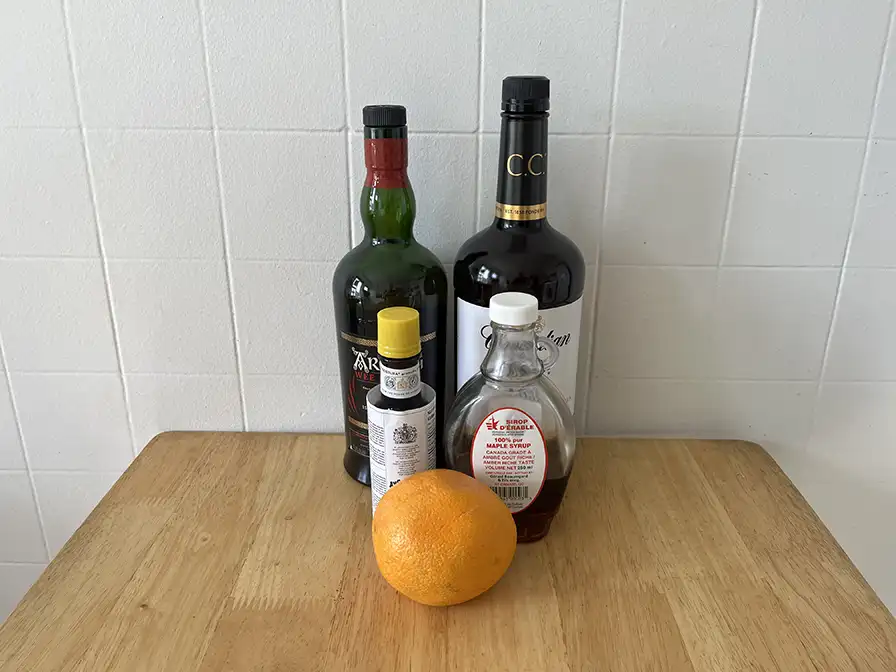
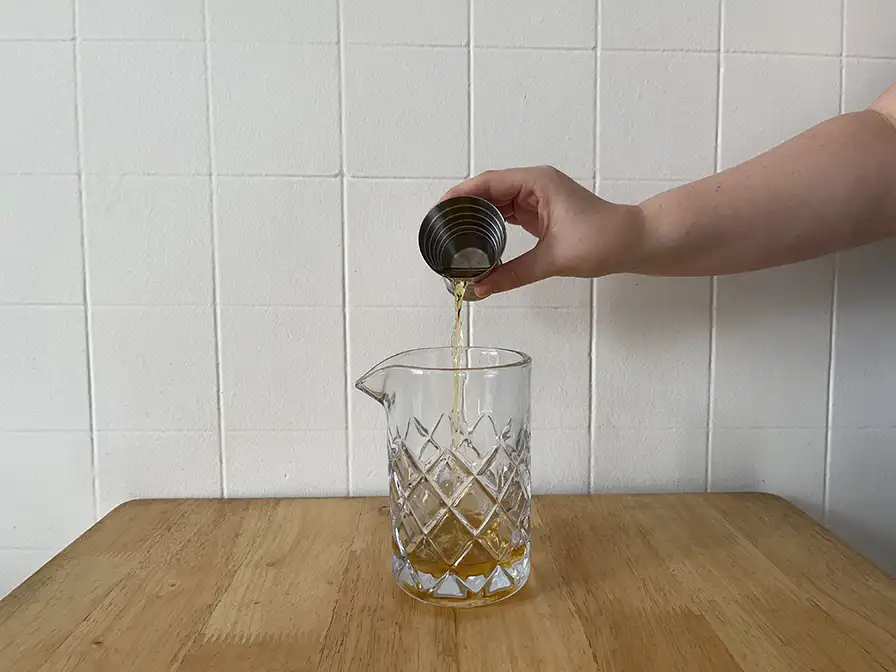
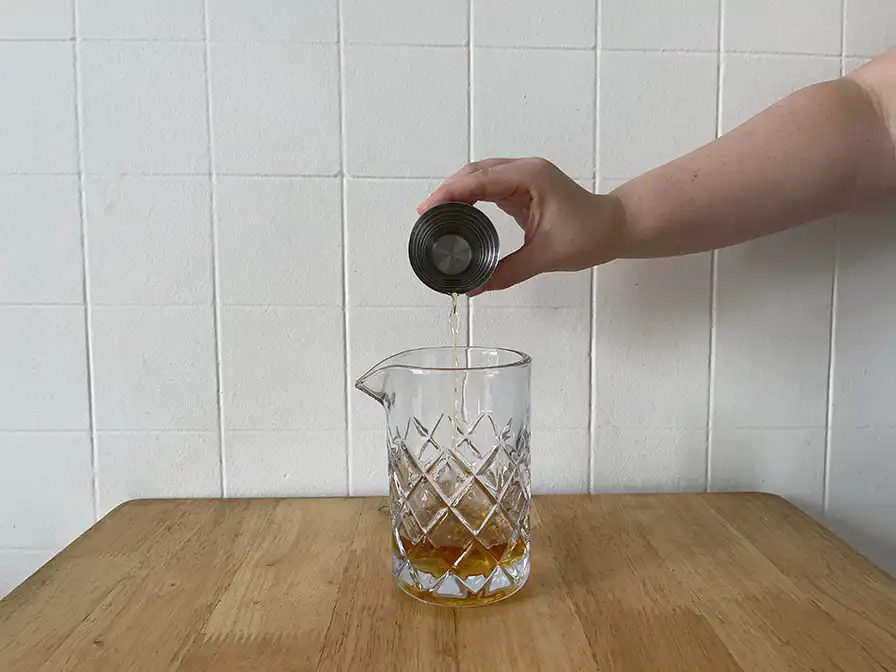
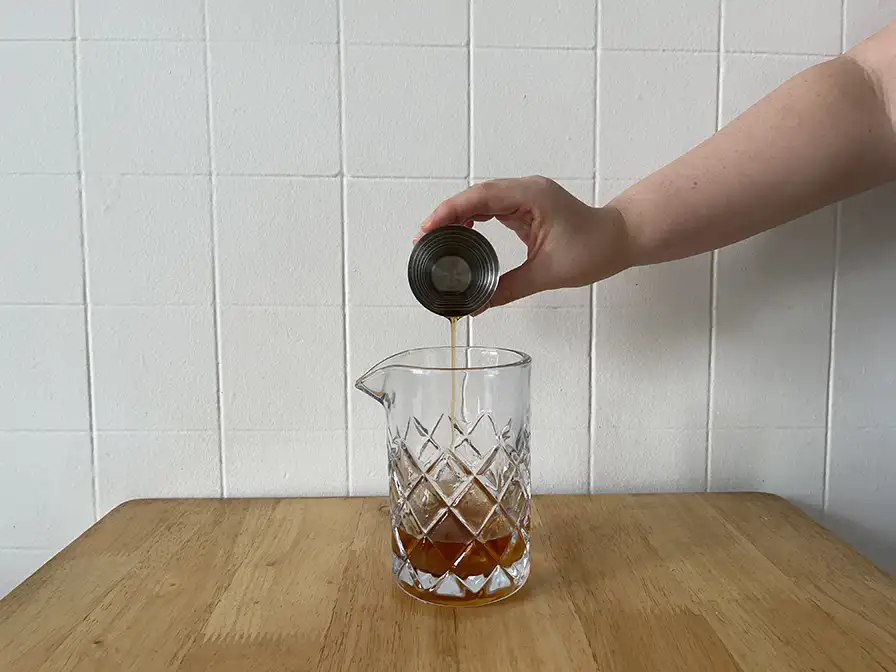
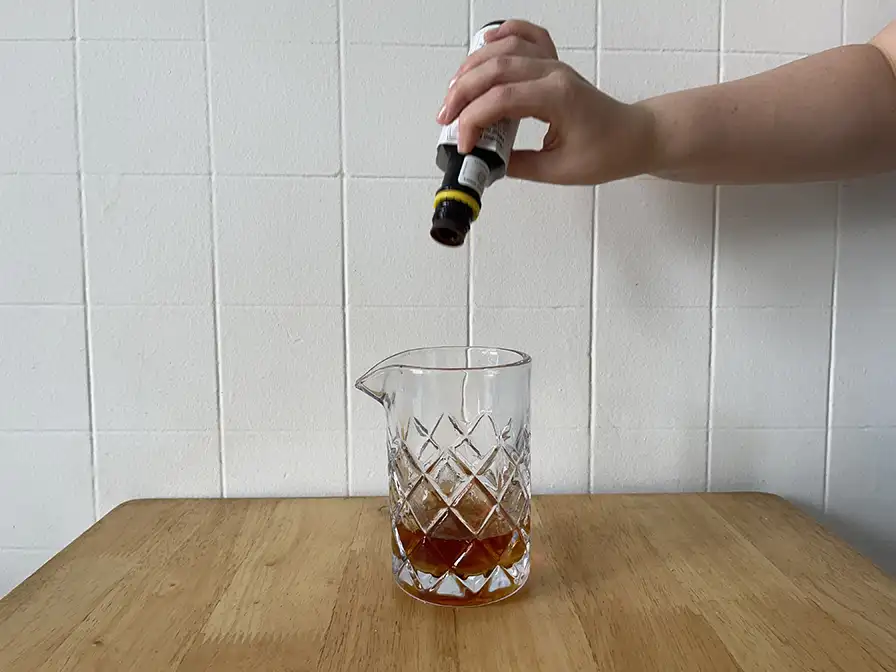
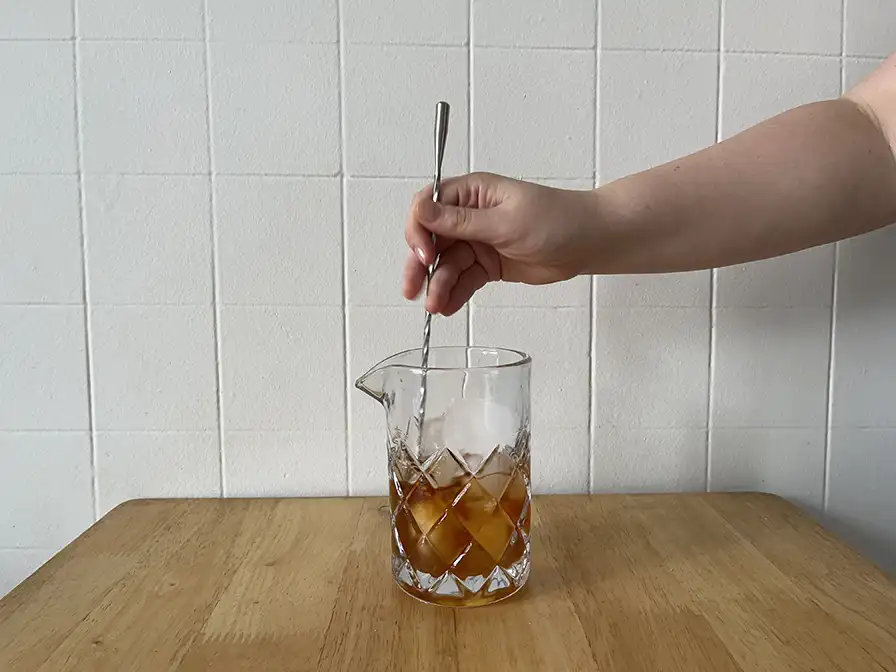
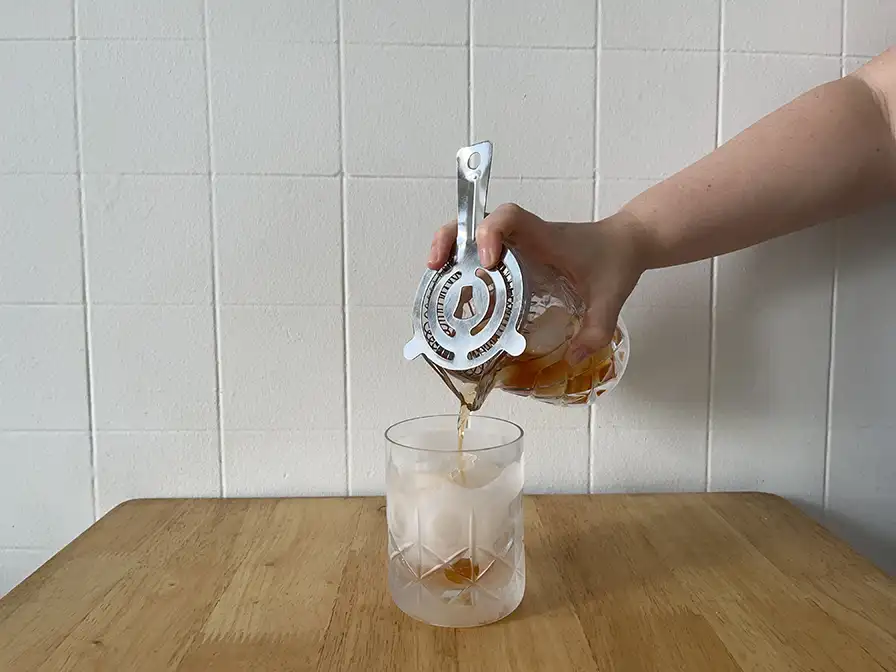
Garnish with orange peel, and you're done.
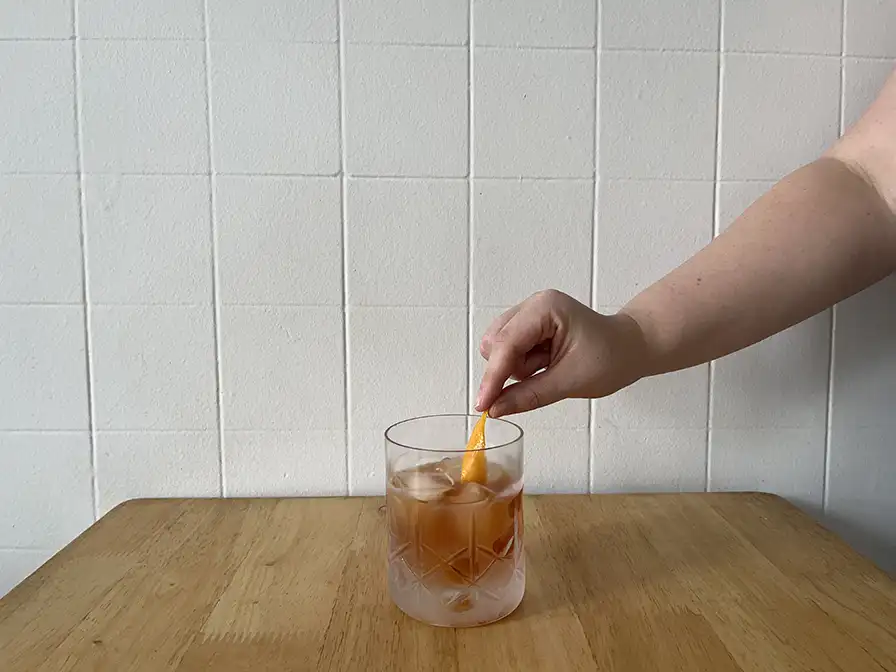
Enjoy!
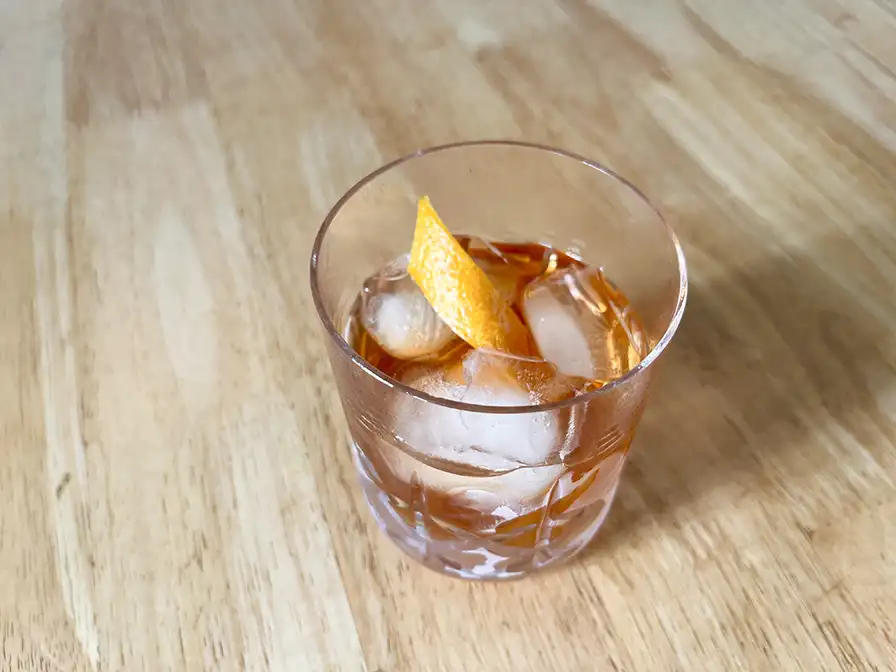
Smoky Maple Old-Fasioned
- 1.5 oz (45 ml) rye whisky
- 1/2 oz (15 ml) Islay Single Malt Scotch whisky
- 1/2 oz (15 ml) maple syrup
- 5 dashes Angostura bitters
- Mixing glass
- Barspoon
- Hawthorne strainer
- Old-Fashioned glass
- Ice
- Add rye, Scotch, maple syrup, and bitters to a mixing glass with ice.
- Stir until well-chilled and strain over ice into a chilled Old-Fashioned glass.
- Garnish with an orange twist and serve.
